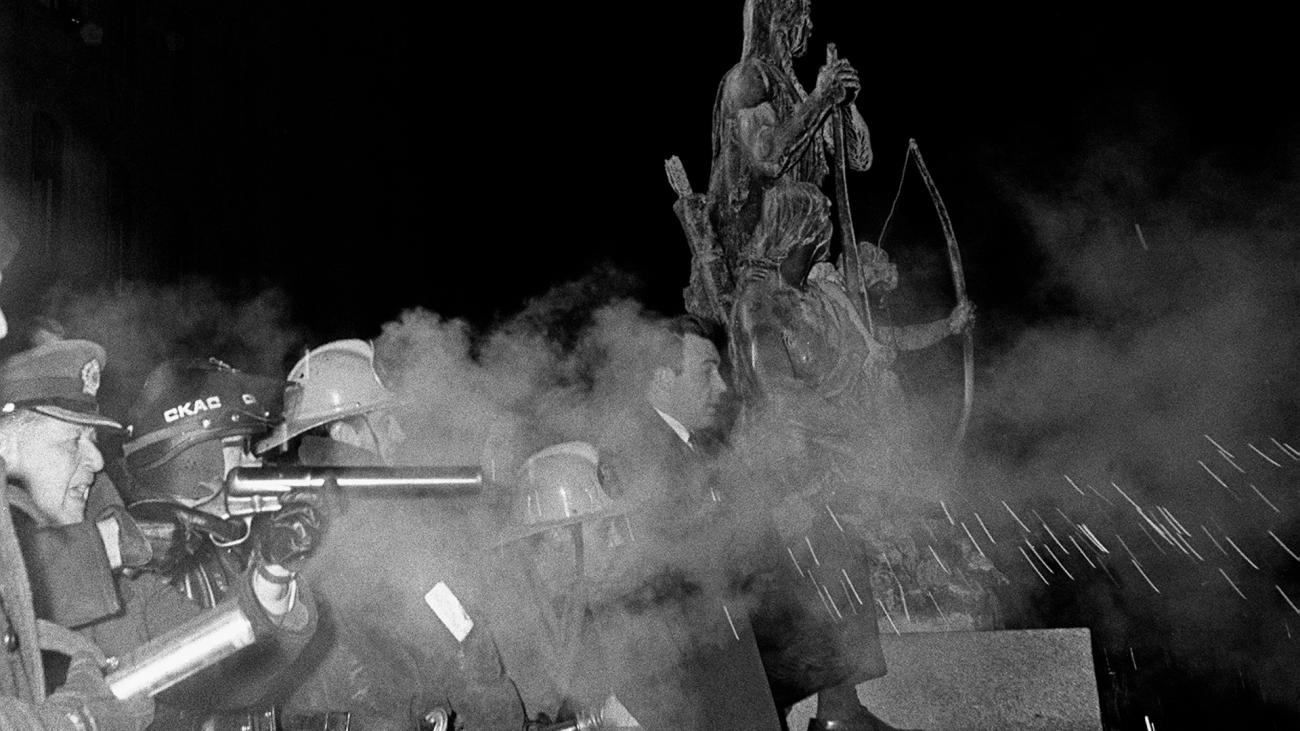Opinion
Here’s why Canadian-style multiculturalism probably isn’t possible in Europe
The world appreciates Canadian multiculturalism, despite all its problems, as a successful model of embracing diversity.
Those looking from the outside ask why multiculturalism works so well in Canada and if it’s possible to transplant this model elsewhere. Given the recent migration crisis, European scholars are particularly interested in finding an answer to this question.
I have worked and lived in western Europe and, based on my experience, I believe the answer to the question is no — at least in the near future.
Canadian national identity struggles
Canadian multiculturalism is a dual model. It’s both a policy and a national identity. This dual policy-identity model emerged in a moment of national identity crisis in the 1960s and ’70s.
The struggles between English and French-speaking Canadians and Indigenous Peoples had brought the country to a point of no return. The struggles were about who we are as Canadians, about language rights, and about land claims and territorial sovereignty, among other issues. Canadians were fighting over how to imagine the Canadian identity.
The problem was that the old traditions and institutions were not up for the job. It required the ingenuity of politicians and activists who devised new policies and reinterpreted the national identity to embrace multiculturalism and inclusivity.
These politicians discovered that a nation’s self-image is not about one ethnicity or one language. Humans are resourceful and can peacefully co-exist in a nation that’s multicultural, multi-ethnic, and multilingual. This resulted in the emergence of a new way for Canadians to see themselves and others.
The role of this moment of crisis in the ’60s and ’70s is missing from the debates on whether Canada’s model is transplantable.
Multicultural policies in Europe
Over the years, academics have offered reasons why multiculturalism works here in Canada. They point to phenomena like selective immigration, electoral policies, isolated geography, and a generous welfare system. These explanations leave the door open to the possibility of transplanting multiculturalism policies to Europe. But for two reasons, I believe such an exercise could fail.
First, these explanations are flawed. For example, Australia, where xenophobia nips any hint of multiculturalism in the bud, also has an isolated geography.
Canada’s welfare system is nowhere as generous as Scandinavia’s, and its immigration policies aren’t as selective or restrictive as countries like Denmark in filtering who gets to come and stay.
It’s nearly impossible to remain and become a citizen in these countries because they require at least a decade of residency and high levels of language skills.
And, lastly, Canada’s parliamentary legal structure and its first-past-the-post electoral system is the same as the United Kingdom’s, where multiculturalism has largely been pronounced dead.
Policies that are affiliated with multiculturalism already exist in Europe, but have not led to a dual policy-identity multicultural model. Why?
This brings us to the second reason why Canadian-style multiculturalism likely wouldn’t work in Europe.
One ethnic identity per nation
A moment of crisis like the one that gave birth to the dual Canadian multicultural model 50 years ago has not quite happened in Europe.
Struggle over territory and national identity has a long history in Europe. When old multi-ethnic empires, like the Hapsburg and Austria-Hungary empires, fell in the 19th century, Europeans moved from multi-ethnic to monocultural and monolingual societies — the exception being Switzerland, with its four official languages.
Europeans leveraged their moment of crisis as the empires fell to create monolinguistic and monocultural nations. Out of a handful of those empires, 44 countries emerged on the European continent — a number that could still rise even further.
For the past century, these nations have fought each other off to defend their real and imagined boundaries and to defend who they believe are true Germans or Hungarians, to name just two examples.
Immigration influx
If having to fend off your neighbours wasn’t enough, these countries had to deal with immigration from non-European countries in the post-Second World War period. The unprepared officials were caught off guard. It was several decades before politicians started acknowledging that immigrants and their offspring were permanently settling in European nations.
The problem was that these nations were created to contain only one ethnicity. So is it possible for Europe to embrace multiculturalism today?
Multiculturalism requires a dual policy-identity model like Canada has. It needs policies to sustain it, but before that, it requires reimagining, say, who a German is. When we close our eyes and think of Germans, how do we envision their cuisine, religion, and heritage?
Could monocultural European models transform into multicultural ones? I don’t believe so, unless a new form of multi-ethnicity, in the shape of a country or an empire, makes a comeback.![]()
Aryan Karimi is an Assistant Professor of Sociology at the University of British Columbia.
This article is republished from The Conversation under a Creative Commons license. Read the original article.
![]()
































